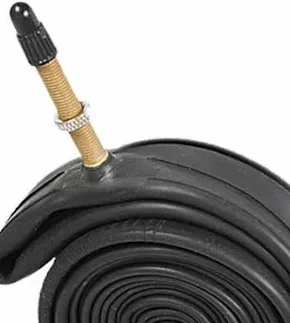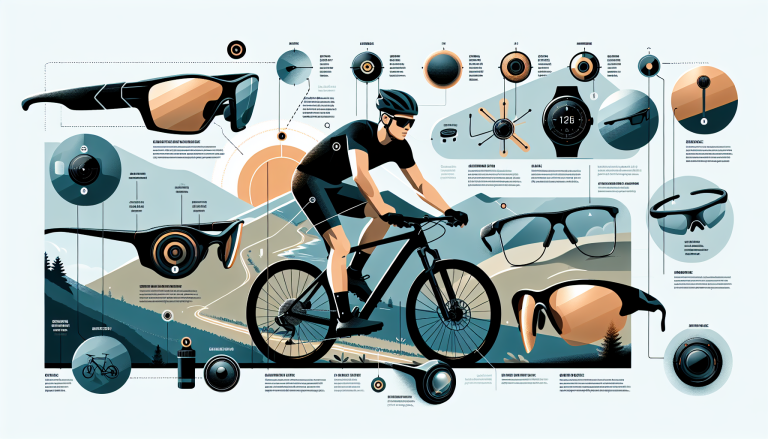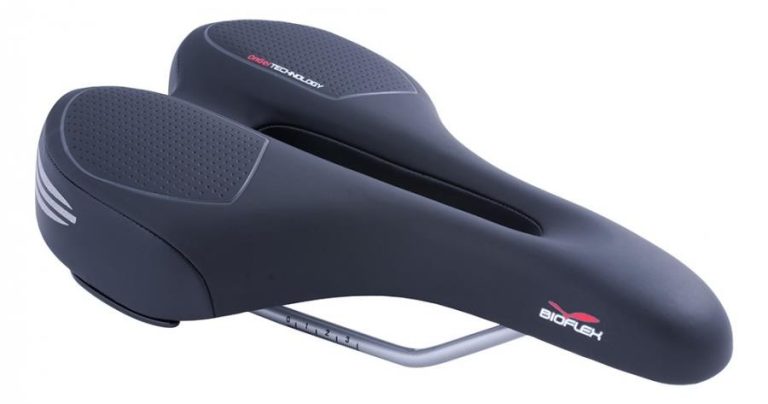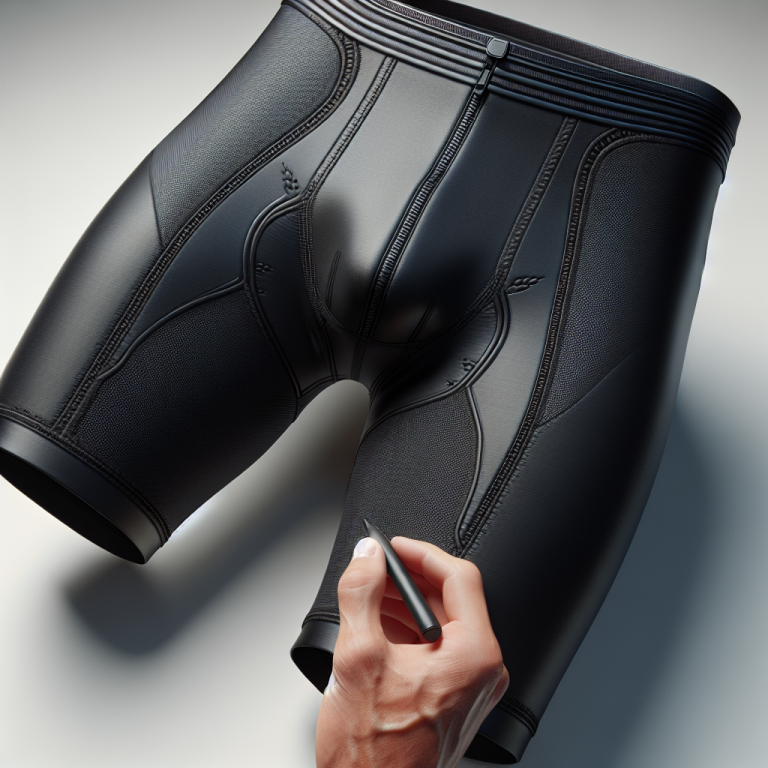Have you ever wondered what bike rollers are? If so, you’ve come to the right place! In this article, we will explore the fascinating world of bike rollers and uncover their many benefits. Whether you’re an avid cyclist looking for a new training tool or simply curious about this unique piece of equipment, get ready to pedal your way through the ins and outs of bike rollers. So, hop on and let’s roll!
Table of Contents
ToggleWhat Are Bike Rollers?
Bike rollers are a type of indoor training equipment that allows cyclists to ride their bikes stationary. Unlike stationary bike trainers that hold the bike in place, with rollers, the bike remains balanced on top of three cylindrical drums. These drums, usually made of metal or plastic, rotate when the cyclist pedals, mimicking the sensation of riding on the road. Bike rollers offer a unique and challenging training experience, providing cyclists with the ability to improve their balance, bike handling skills, and overall cycling performance.
Definition and Purpose
As mentioned earlier, bike rollers are indoor training equipment designed to allow cyclists to ride their bikes stationary. The purpose of using bike rollers is to simulate the experience of riding on the road while remaining in the comfort of your own home or indoor environment. By using bike rollers, cyclists can continue their training routines regardless of weather conditions or time constraints. The realistic riding experience provided by rollers helps to maintain and improve cycling skills, balance, and coordination, making them an excellent tool for both competitive athletes and recreational riders.
Types of Bike Rollers
There are three main types of bike rollers available on the market:
- Classic Rollers: These are the most basic and traditional type of bike rollers. Classic rollers consist of three drums, typically made of aluminum or steel, connected by a frame. They offer a smooth and natural riding experience, but they require a certain level of balance and skill to use effectively.
- Resistance Rollers: As the name suggests, resistance rollers provide adjustable resistance to better simulate different riding conditions. Resistance can be adjusted either mechanically, using a built-in resistance unit, or through magnetic or fluid technologies. This type of roller allows cyclists to customize their workouts and target specific training goals, such as increasing strength or improving endurance.
- Smart Rollers: Smart rollers are the latest addition to the roller market, incorporating technology to enhance the indoor training experience. They connect to training apps and platforms, such as Zwift or TrainerRoad, allowing cyclists to access virtual riding environments, compete with others, and track their progress. Smart rollers offer a combination of realistic road feel and interactive training features.
Advantages of Using Bike Rollers
Using bike rollers offers several advantages for cyclists:
- Improved Balance and Bike Handling: Riding on rollers requires constant balance, making it an excellent tool for improving biking skills. The need to maintain balance enhances core strength, stability, and overall bike handling abilities, translating into better performance on the road.
- Realistic Riding Experience: Unlike stationary trainers, bike rollers closely mimic the feeling of riding on the road. The unrestricted movement allows cyclists to engage their whole body and replicate the continuous pedaling motion experienced during outdoor rides.
- Portability and Storage: Bike rollers are compact and easy to store since they don’t require the same bulky frame as stationary trainers. They are also lightweight and portable, making them convenient for cyclists who travel frequently and want to continue their training routines on the go.
- Versatility and Customizability: With resistance or smart rollers, cyclists can tailor their workouts to specific goals and preferences. Resistance can be adjusted to simulate different terrains, and smart rollers offer a range of training programs and virtual riding experiences to keep workouts engaging and challenging.
- Weather and Time Independence: Bike rollers eliminate the weather and time constraints associated with outdoor riding. Cyclists can train at any time of day, regardless of the season or weather conditions outside, ensuring consistent training progress.
Disadvantages of Using Bike Rollers
While bike rollers offer many benefits, there are also a few drawbacks to consider:
- Steep Learning Curve: Riding on rollers may require some practice and patience, especially for beginners. The need to balance and maintain control of the bike can be challenging at first, and there is a risk of falling off if not properly balanced.
- Lack of Variety: Unlike stationary trainers with features like variable inclines or built-in workouts, rollers have a limited range of riding experiences. Without additional accessories or virtual training platforms, the rides can become monotonous over time.
- Limited Resistance: Classic rollers, in particular, may have limited resistance options compared to stationary trainers. If high resistance is desired, additional accessories or attachments may be necessary.
- Noise and Vibration: Bike rollers can generate noise and vibration, which may be disruptive to others in shared living spaces. It’s important to consider noise reduction measures and use them in an area where noise won’t disturb others.
Choosing the Right Bike Rollers
When choosing bike rollers, there are a few factors to consider:
- Skill Level: Beginners may want to start with classic rollers to master the basics of riding on rollers before moving on to resistance or smart rollers. More experienced riders can benefit from advanced features provided by resistance or smart rollers.
- Training Goals: Consider your training goals and the specific features that will support those goals. If you aim to improve power and endurance, opting for resistance rollers with adjustable resistance levels may be ideal. For a more interactive experience and virtual training, smart rollers are a good option.
- Budget: Determine your budget and explore the available options within your price range. Classic rollers tend to be more budget-friendly compared to resistance or smart rollers with advanced features.
- Storage and Portability: Consider the size and weight of the rollers, especially if you have limited storage space or plan to travel with them. Look for rollers that are lightweight and easy to fold or disassemble for convenient storage and transport.
Setting Up Bike Rollers
Setting up bike rollers is a straightforward process, although it may vary slightly depending on the specific model. Here’s a general outline:
- Adjust Drum Distance: Begin by adjusting the drum distances to accommodate the wheelbase of your bike. Most rollers allow you to slide the drums closer or farther apart to match the length of your bike.
- Secure the Bike: Place the bike onto the rollers, positioning the rear wheel on the section of the drums where the resistance or support is placed. Be sure to align the bike in the center of the drums for optimal balance.
- Check Alignment and Tension: Ensure that the bike is aligned straight on the rollers and that the drums are in contact with the rear wheel. Adjust the tension on the drums if necessary to prevent slipping and uneven pedaling resistance.
- Mount and Start Riding: Step onto the bike with one foot on the floor and the other on the pedal. Start pedaling gently to get a feel for the balance and motion of the rollers. Gradually increase speed and resistance as you become more comfortable.
Safety Precautions for Using Bike Rollers
To ensure a safe training experience on bike rollers, follow these precautions:
- Start with Support: When first learning to ride on rollers, use a support system like a doorway or a chair to provide stability. This can help you develop a sense of balance and prevent falls.
- Practice in an Open Space: Choose a clear and unobstructed area to set up your rollers. Make sure there is enough room on all sides to minimize the risk of collision or injury if you lose balance.
- Wear Appropriate Clothing: Dress in suitable cycling attire, including padded shorts and cycling shoes, to maximize comfort and prevent slippage. Avoid loose clothing that could potentially get caught in the bike or wheels.
- Maintain Focus and Concentration: Stay focused on your cycling form and the movements of your bike. Avoid distractions and refrain from using electronic devices that could divert your attention.
- Use a Spotter: If you’re new to riding on rollers or feel unsure about your balance, ask someone to stand nearby and offer support or assistance.
Tips for Using Bike Rollers
To make the most of your bike roller training sessions, consider these tips:
- Start Slow and Progress Gradually: Begin with shorter sessions at a comfortable pace, gradually increasing both duration and intensity as your skills and confidence improve. This approach prevents overexertion and reduces the risk of injury.
- Focus on Technique: Use rollers as an opportunity to refine your cycling technique. Concentrate on maintaining a smooth and fluid pedal stroke, proper body position, and a relaxed upper body.
- Incorporate Interval Training: Interval training, alternating between periods of high intensity and recovery, is an effective way to improve fitness and performance. Experiment with different interval lengths and intensities to challenge yourself.
- Engage Your Core: Riding on rollers requires more core engagement compared to stationary trainers. Focus on activating your core muscles and maintaining a stable torso throughout your rides.
- Experiment with Virtual Platforms: If you have a smart roller, take advantage of virtual training platforms for added excitement and variety. Explore different routes, participate in virtual races, or join group rides to stay motivated and engaged.
Maintenance and Cleaning of Bike Rollers
To keep your bike rollers in good working condition, follow these maintenance tips:
- Regular Inspection: Check the rollers for any signs of damage, such as cracks or loose parts, before each use. Ensure that the drums rotate smoothly and that the frame is stable.
- Cleaning and Lubrication: Wipe down the rollers with a clean cloth after each use to remove sweat and dirt. Periodically apply lubricant to the drums’ bearings to maintain smooth rotation.
- Check Tension and Alignment: Regularly inspect the tension on the drums and adjust as needed to ensure even resistance. Verify that the bike is aligned correctly on the rollers, preventing wear and tear on the rear wheel or the rollers themselves.
- Storage: When not in use, store the rollers in a dry and clean environment away from excessive heat or humidity. Consider covering them with a protective cloth or bag to prevent dust accumulation.
Alternatives to Bike Rollers
While bike rollers offer a unique and effective training experience, there are alternative indoor training options to consider:
- Stationary Trainers: Stationary trainers hold the bike stationary, simulating the resistance of outdoor cycling. They are easier to use for beginners and offer a wide range of resistance options, but lack the balance and skill-building aspects of rollers.
- Indoor Cycling Bikes: Indoor cycling bikes, like spin bikes, provide a complete stationary cycling experience. They typically come with built-in resistance and allow for intense workouts, but they don’t replicate the sensation of riding on the road and require a separate piece of equipment.
- Trainer Wheels: Trainer wheels, also known as training wheels, provide stability for beginners learning to ride on rollers. These wheels attach to the rollers and stabilize the bike, making them useful for riders who struggle with balance or want extra support.
- Virtual Reality Cycling Simulators: Virtual reality cycling simulators offer an immersive riding experience using a stationary bike connected to a virtual world. They provide a high-tech alternative to rollers, combining realistic visuals and interactive features for an engaging training session.
In conclusion, bike rollers are an excellent indoor training tool for cyclists of all levels. They offer a realistic riding experience, improve balance and bike handling skills, and provide versatility in training options. Whether you choose classic rollers, resistance rollers, or smart rollers, incorporating bike rollers into your training routine can help you stay motivated and progress towards your cycling goals. Remember to follow safety precautions, focus on proper technique, and maintain your rollers regularly for optimal performance and longevity. Happy riding on your bike rollers!







